“Indira Gandhi Zoological Park: Where the Wild Lives Free”
Nestled amidst the Eastern Ghats, Indira Gandhi Zoological Park in Vizag is home to exotic wildlife, offering nature lovers a wild escape into biodiversity and conservation.
Indira Gandhi Zoological Park, Vizag: A Wild Haven Amidst Nature
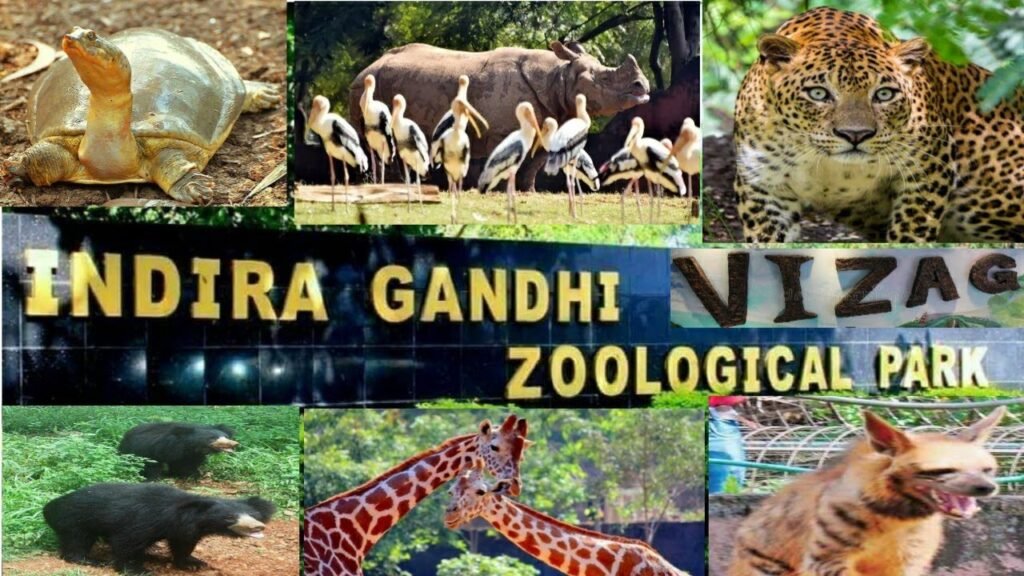
Nestled in the scenic Eastern Ghats of Andhra Pradesh and bordered by the Bay of Bengal on the other side, Indira Gandhi Zoological Park (IGZP) in Visakhapatnam, or Vizag, is a place where nature, wildlife, and conservation come together beautifully. It stands as one of the largest zoological parks in India, covering an area of about 625 acres, and is not only a haven for animal lovers but also a peaceful getaway for tourists, families, photographers, and wildlife enthusiasts.
📍 Location and Accessibility
Located about 11 km from the heart of Vizag city, the zoo sits within the Kambalakonda Reserve Forest, surrounded by rich greenery and undisturbed landscapes. The location itself enhances the overall experience—away from the city’s hustle and bustle, yet easily accessible by road.
You can reach the zoo by auto, taxi, or local buses from various parts of the city. It’s situated along National Highway 16, which also makes it a convenient stop for those traveling along the coastal route of Andhra Pradesh.
🐾 A Glimpse Into the Zoo’s History
The zoo was officially inaugurated on May 19, 1977, and named after Indira Gandhi, the former Prime Minister of India. Since its inception, it has grown in scale and significance, now housing over 800 animals belonging to around 100 species from across the globe.
IGZP operates under the Central Zoo Authority (CZA) and has made strides in wildlife conservation, rescue, breeding programs, and creating awareness about endangered species.
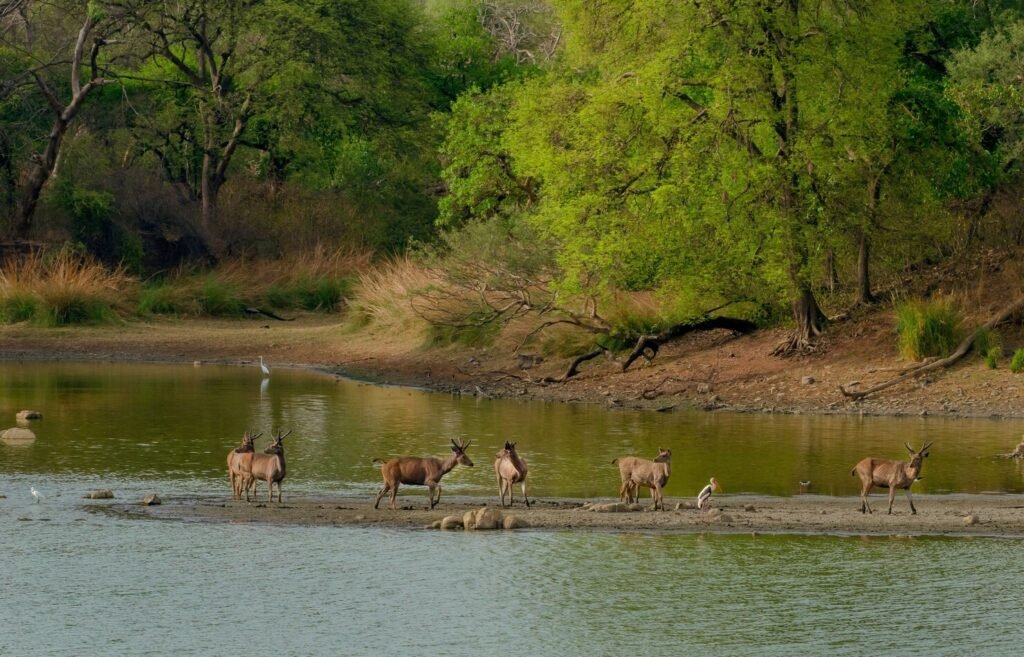
🌿 The Natural Habitat Approach
One of the unique aspects of the Indira Gandhi Zoological Park is its open moat enclosures and commitment to replicating natural habitats for its residents. Animals are housed in large, forest-like spaces, allowing them to exhibit natural behaviors. The entire park is divided into different sections based on animal types, including carnivores, herbivores, birds, and reptiles.
There are also butterfly parks, reptile houses, an aquarium, and a biosphere learning center that contribute to the educational and experiential aspect of the visit.
🦁 Major Attractions and Star Residents
The zoo is home to an impressive variety of animals. Some of the most popular and photographed include:
- White Tigers – Elegant and majestic, these rare tigers are a major attraction.
- Asiatic Lions – A powerful presence that commands awe.
- Leopards and Jaguars – Agile and elusive, thrilling to spot.
- Indian Elephants – A gentle giant and a favorite among children.
- Hippopotamuses – Seen wallowing in water, often surprising visitors with sudden movements.
- Sloth Bears, Sambar Deer, Nilgai, and Gaur – Showcasing the rich Indian fauna.
- Bird Section – A colorful paradise featuring Peacocks, Macaws, Parakeets, Hornbills, Ostriches, and more.
- Reptile House – Houses snakes, lizards, and turtles, offering a closer look at cold-blooded creatures.
There’s also a Mini Zoo section for kids, with smaller animals and birds in an interactive setup.
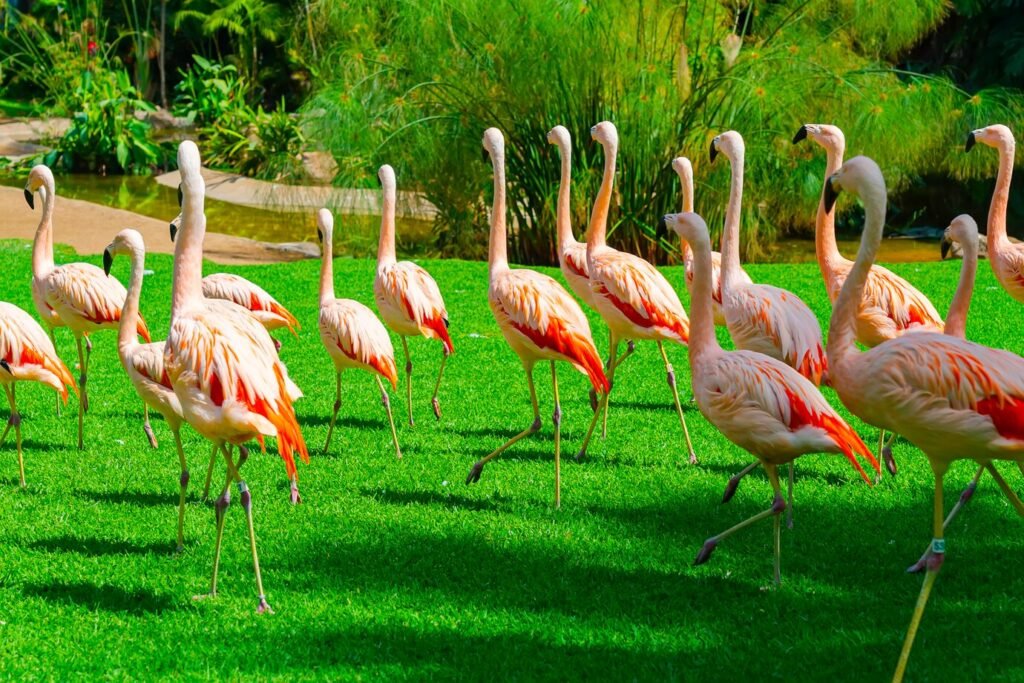
🌍 Eco-Friendly & Conservation Initiatives
IGZP is not just about showcasing animals but also about educating the public and preserving biodiversity. The zoo has taken significant steps to become eco-friendly, such as:
- Battery-operated vehicles and cycles for rent for clean commuting inside the park
- Plastic-free zones
- Use of solar panels for powering facilities
- Animal adoption programs that encourage public involvement
- Rescue and rehabilitation efforts for injured or endangered animals
- Tie-ups with schools and colleges for awareness campaigns and eco-tours
Additionally, the Environmental Education Centre conducts regular workshops, camps, and nature walks.
🧭 Visitor Experience: What to Expect
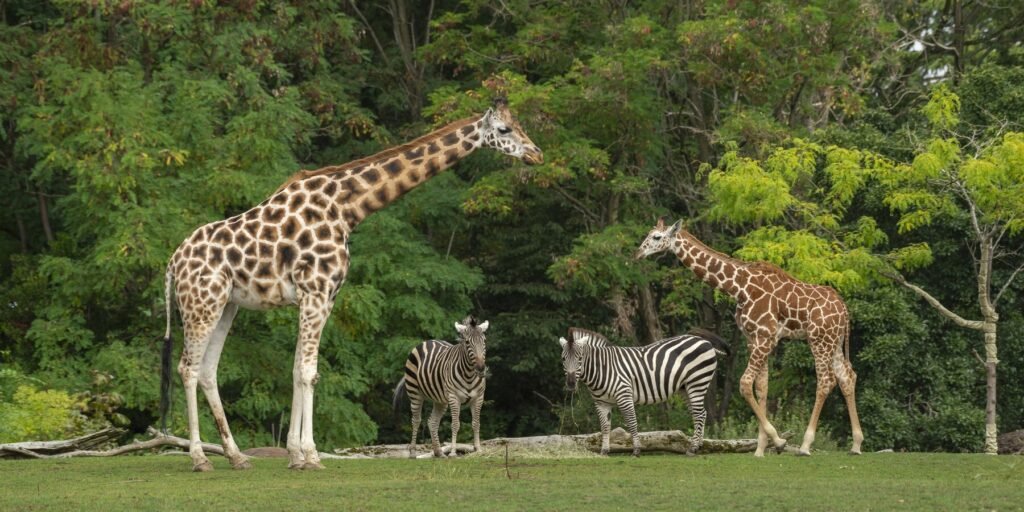
A visit to the zoo typically takes around 3–4 hours, though you can spend a full day exploring at a leisurely pace. The walking trails are well-marked and shaded in many parts. There are food kiosks, resting areas, and toilets available at intervals, making the experience comfortable for families.
For those who prefer not to walk, the zoo train and electric vehicles provide a guided tour with stops at key exhibits.
Photography is allowed, and for nature and wildlife photographers, the zoo offers many moments to capture. Whether it’s a tiger lazing in the sun, a group of monkeys playing in the trees, or a peacock dancing in the rain—every corner holds a moment of magic.
📸 Pro Tips for Visitors
- Best Time to Visit: October to March (pleasant weather, animals are more active)
- Timings: 9:00 AM to 5:00 PM (Closed on Mondays)
- Entry Fee: Nominal charges for adults and children; extra for cameras and vehicles
- Wear comfortable shoes and carry a water bottle
- Avoid plastic – the zoo is committed to sustainability
- Check feeding or animal interaction timings (if any, subject to rules)
👨👩👧👦 Perfect for All Age Groups
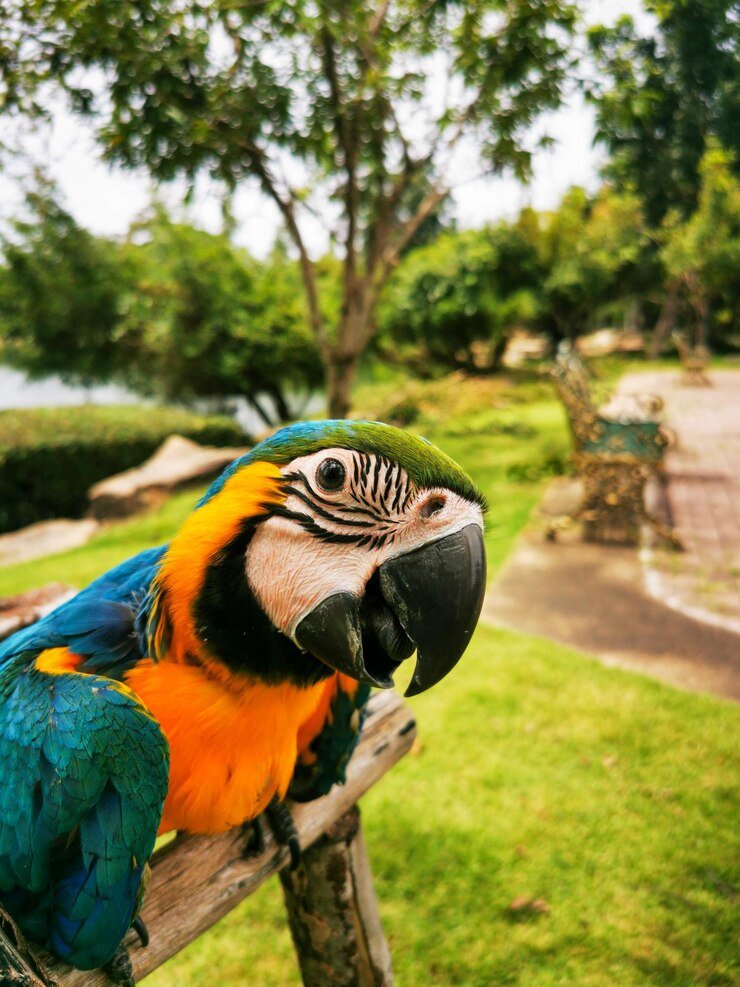
Indira Gandhi Zoological Park is an experience that caters to everyone:
- Families with kids love the open space and animals they’ve seen only in books or on screens.
- Nature lovers get to appreciate flora and fauna in a semi-wild setting.
- Students and school groups benefit from educational aspects.
- Photographers find plenty of subjects and natural light.
- Couples and travelers enjoy the calm and serene atmosphere away from city crowds.
🌟 A Gateway to More Attractions
Another perk of visiting the zoo is its location. Once you’re done, you can also explore nearby attractions:
- Kambalakonda Wildlife Sanctuary – Great for trekking and birdwatching
- Kailasagiri Hill Park – Scenic viewpoint with a ropeway
- Ramakrishna Beach and Rushikonda Beach – For a relaxing coastal break
- Dolphin’s Nose Lighthouse – A great combination for a day itinerary with the zoo
🌳 Conclusion: A Walk on the Wild Side
The Indira Gandhi Zoological Park is not just a zoo—it’s a celebration of wildlife, an open classroom, and a green escape rolled into one. It reflects how urban spaces and natural habitats can coexist and how important it is to preserve and protect the animal kingdom.
Whether you’re a local, a tourist, or a curious traveler passing through Vizag, a trip to this zoo is more than worth your time. It’s a reminder of the beauty, diversity, and wonder that exists just beyond the cityscape—a world where the wild still thrives.

